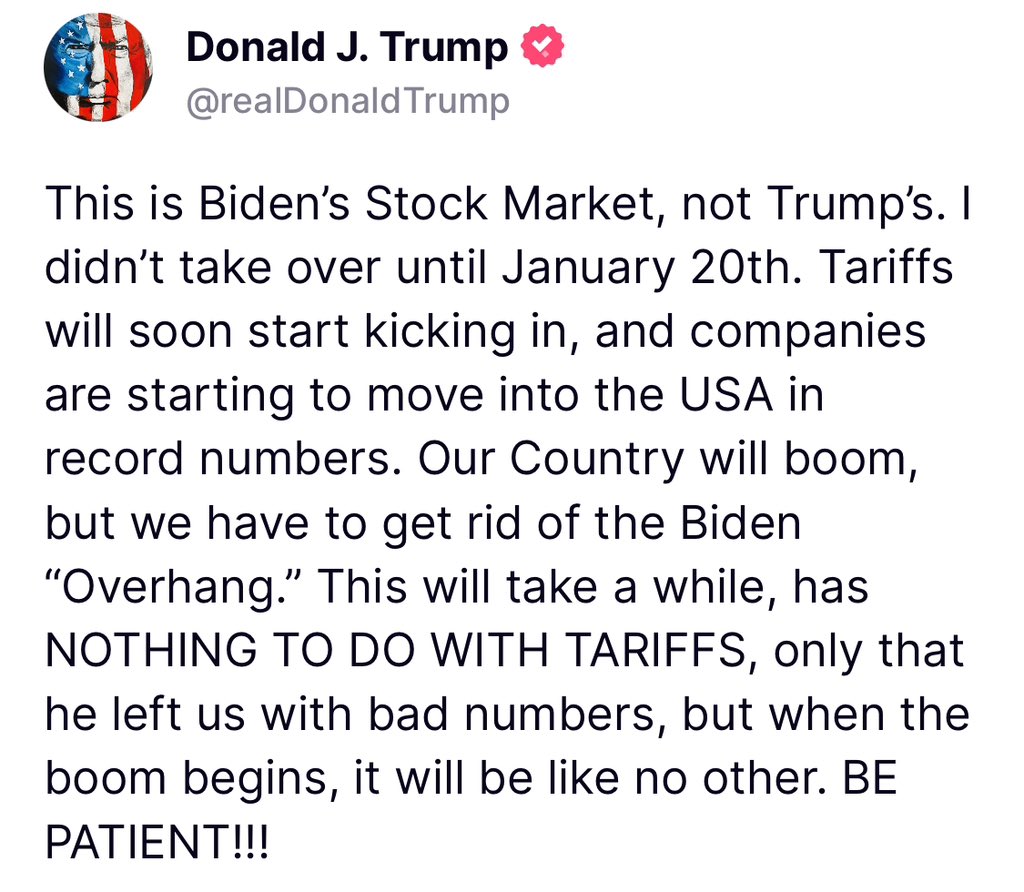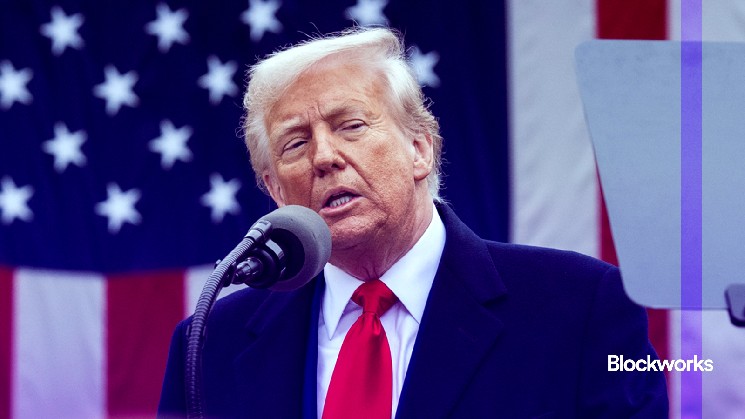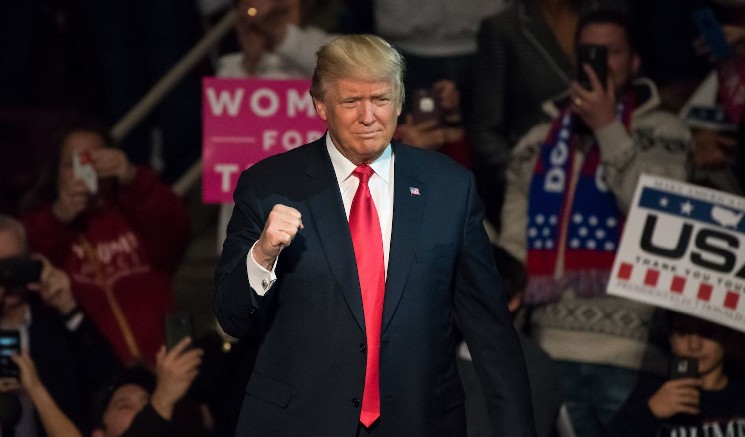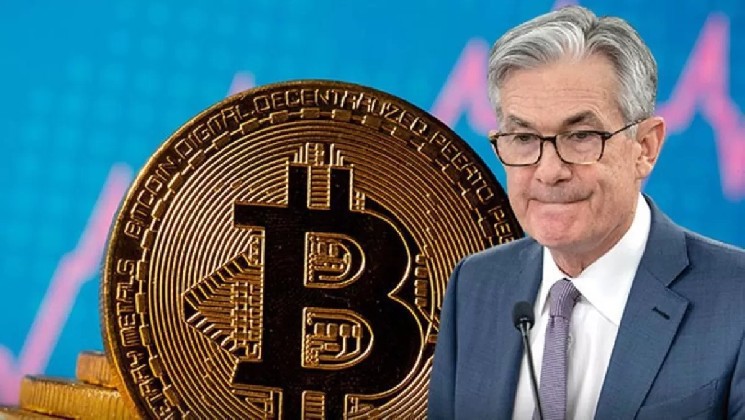This is a segment from the Forward Guidance newsletter. To read full editions, subscribe.
The US economy contracted in the year’s first three months. It’s the first quarterly decline since 2022.
Today’s advanced GDP estimate for Q1 showed a 0.3% annualized decline, sending stocks lower, and Treasury yields and gold higher. Analysts had expected GDP to grow 0.4% in the first quarter.
The report comes a day after President Trump marked 100 days in office, during which time the S&P 500 notched its worst performance (-7.3% since Inauguration Day) since the first 100 days of President Nixon’s second term. The Nasdaq Composite lost 11%, which is the biggest drop since President Bush’s first term in 2001.
In a Truth Social post Wednesday, Trump insisted that “This is Biden’s stock market, not Trump’s.”

While the “Liberation Day” tariffs came at the beginning of the second quarter, the Q1 data suggested that consumers and businesses started preparing for more aggressive trade policies at the beginning of the year. The first quarter saw an increase in imports alongside declines in consumer and government spending — the perfect recipe for a negative print.
Imports were up more than 41% in Q1, compared with a 1.9% decline in the last quarter of 2024. Goods imports were up more than 50%, showing that consumers and businesses were in a rush to secure larger purchases and increase inventories ahead of expected tariffs.
The GDP print, as expected, falls between projections from the Atlanta Fed’s GDPNow (-1.9%) and the New York Fed’s Nowcast (2.6%).
Also today, the Treasury Department announced plans to revamp its buyback program. There could be “possible enhancements” made to the purchase amounts, scheduling and frequency, Treasury said in a statement.
The update comes after Treasurys sold off earlier this month, sending yields higher and raising concerns about a slowing economy and tightening financial conditions. The surge in yields, Trump said, was concerning enough for him to pivot on some of his tariff policies; he issued the 90-day pause on most countries just a week after Liberation Day.
Now investors are waiting for signs that the administration is inking trade deals with other countries. After comments from Treasury Secretary Scott Bessent that the situation with China is “unsustainable,” stocks felt some short-term relief, but have since faltered on the recovery path.














Leave a Reply